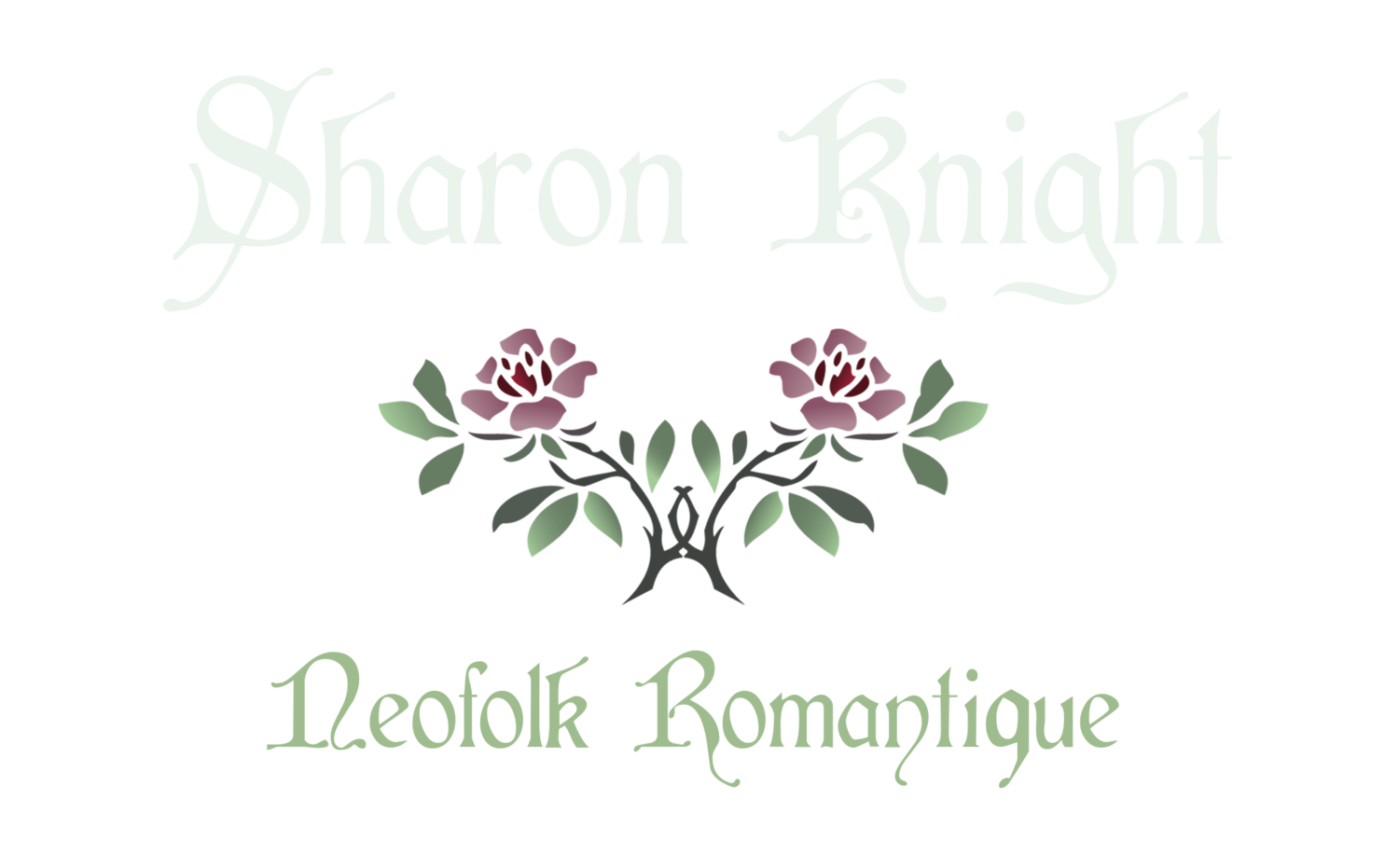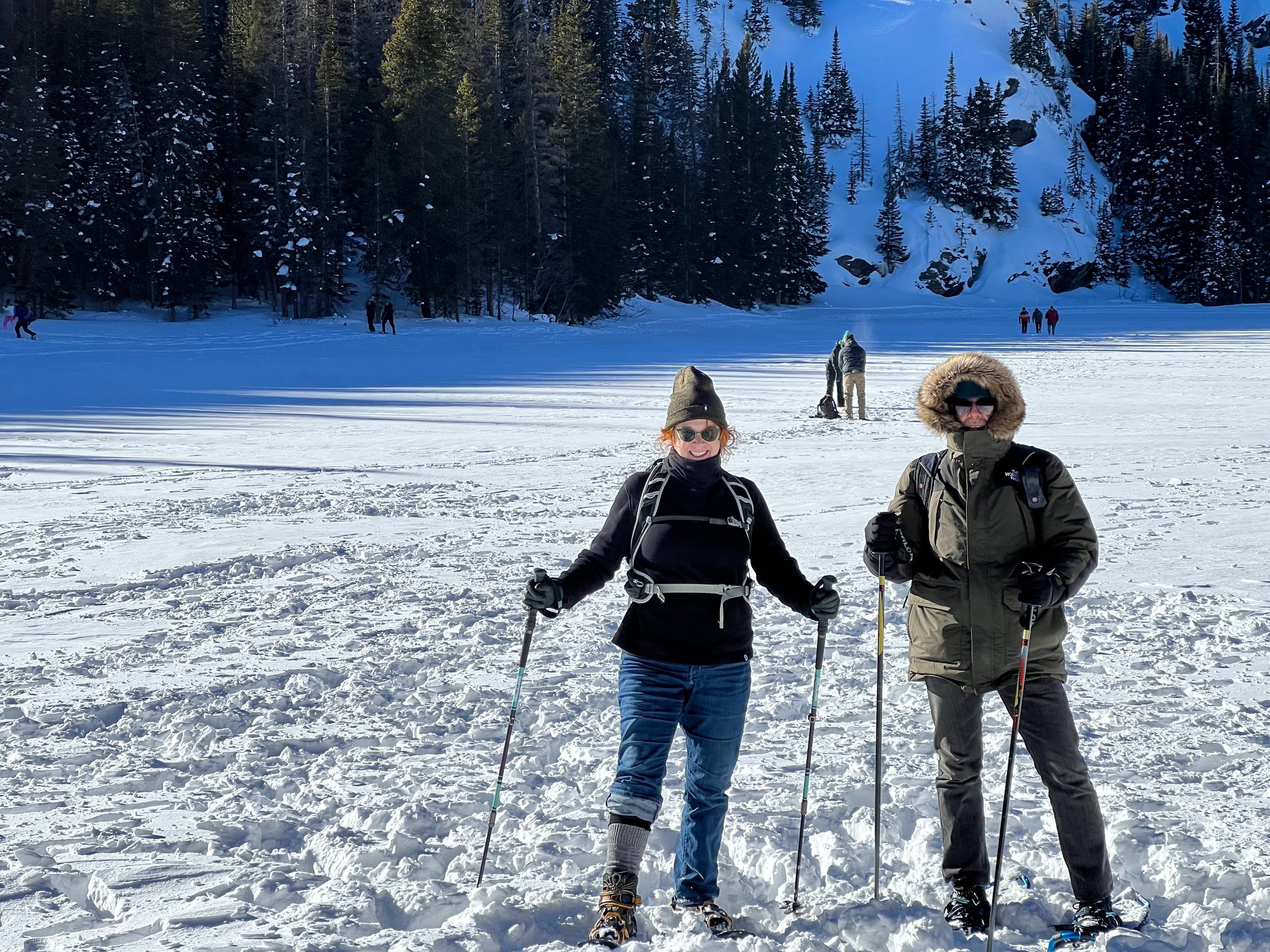Art by Sharon Knight.
After 40 years, magic is still relevant to me. What do I mean by "Magic"? It is a mode of perception, a way of seeing that drops below our habitual perception. Yes, perception is a habit, and we are trained at an early age to perceive what is acceptable in our society. We learn things that, when questioned, don't hold up to scrutiny, or our sense of rightness. For example, poor-shaming, which is such a deeply ingrained way of being in our society.
Yet we can remove ourselves from these habits of perception, through practices such as meditation, contemplation, and ritual, and step back into a state of creative flow, where things are seen more as patterns of consciousness than concrete manifestation.
And from this place, we can make changes. We can focus on shifting these patterns, removing our connection or resonance with one pattern, and investing our vitality into another pattern we find more useful. We may see these patterns as our own energetic tendencies, ideas/archetypes, gods or spirits, or the flow of creation. We may see them as stemming from our own consciousness, or we may see them as existing in their own right, whether we are perceiving them or not. (I'm "both/and" on that particular topic).
Because a magical mode of perception sees things in terms of "patterns of being", it is easier to make changes in this mode. And as we make changes here, we bring ourselves into resonance with different ideas/beings/vitalities, which then shape and change us. As we change, our actions change, and we find our way opening in directions we didn't think were possible before. Things may seem hopeless and overwhelming, but as we stay the course with our magical practice, things begin to shift, and we see what actions are needed in the everyday world.
So long as we take action on these prompts gained through magical insight, we can change our lives, and indeed, the entire world.
So come on magic workers. We are needed. Our time is now.
————————————————————————
My year-long Shadow work intensive, “Pentacles, Power, and Purpose”, runs again November 2nd, 2024. Get on the wait list here:








